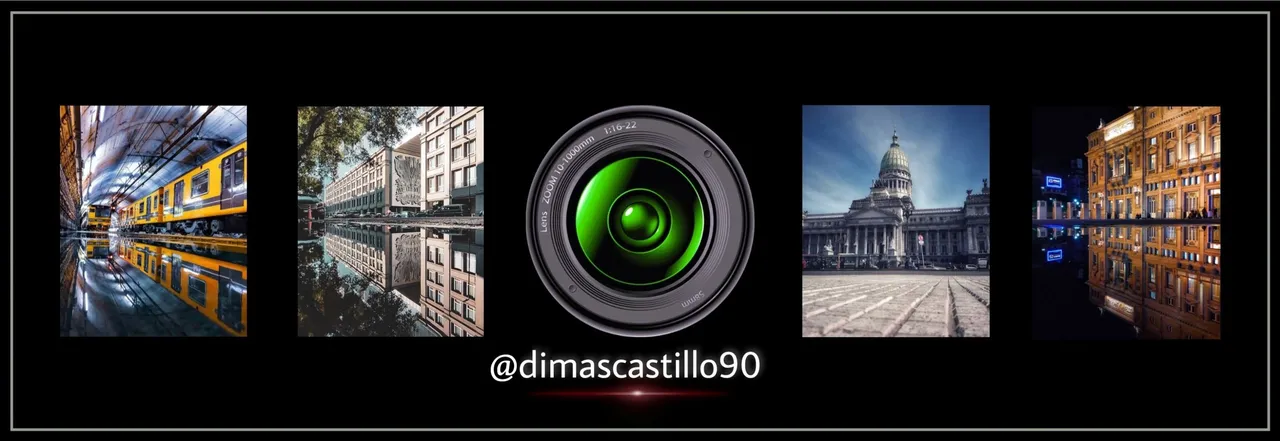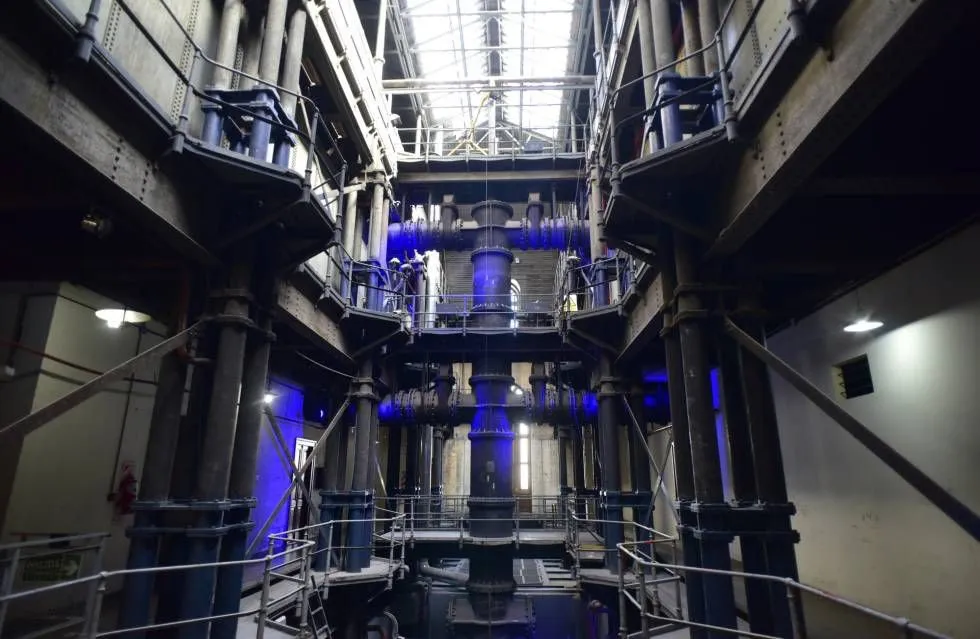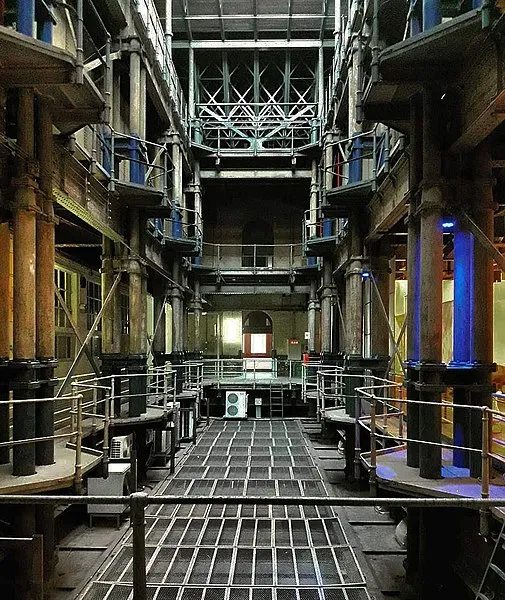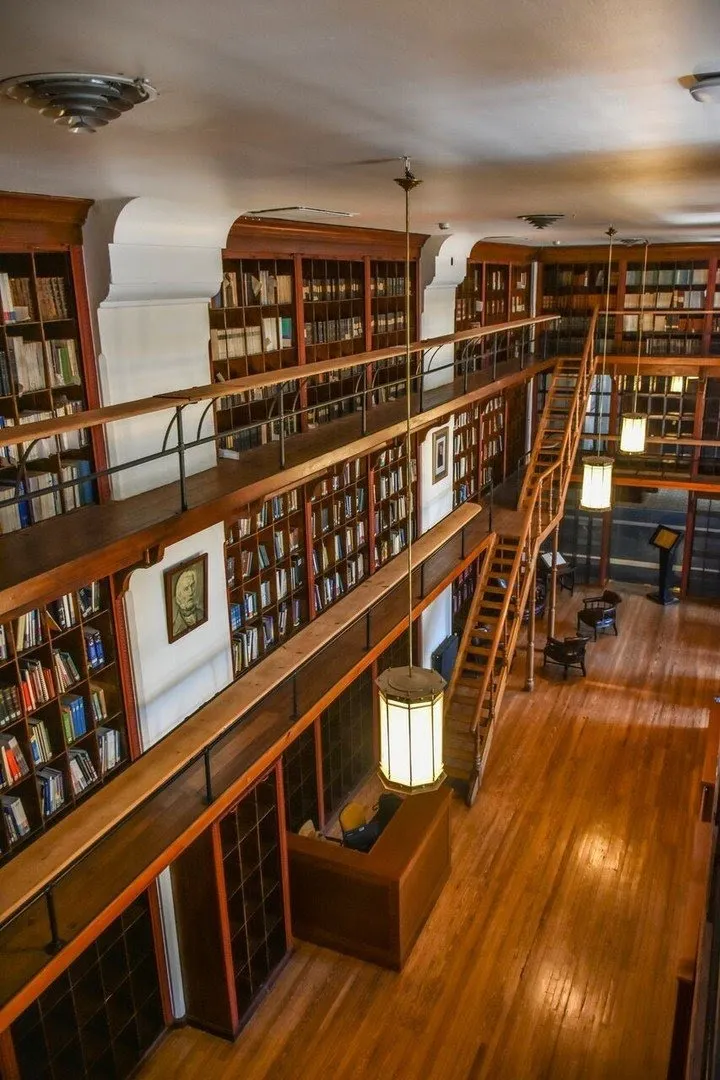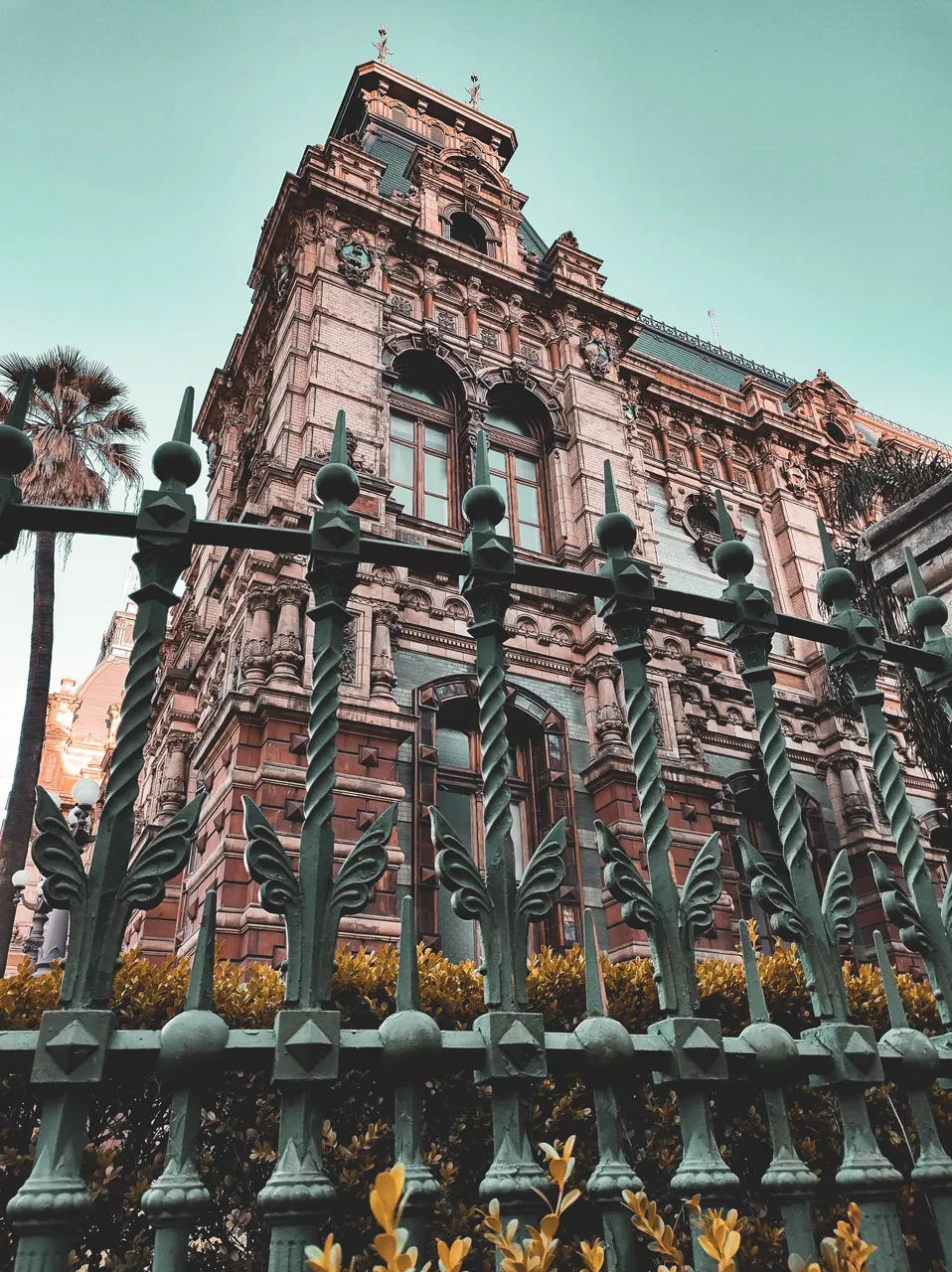
It is a national historic monument that was built to house running water for the city of Buenos Aires at the end of the 19th century. It is an emblematic building located in the neighborhood of Balvanera, specifically on Avenida Córdoba 1950.
It is a huge building that covers an entire block, its construction began in 1887 to finish in 1894 being the style of this building of the eclectic type.
Es un monumento histórico nacional que fue construido con la finalidad de albergar agua corriente de la ciudad de Buenos Aires a finales del siglo XIX. Es un edificio emblemático ubicado en el barrio de Balvanera específicamente en la Avenida Córdoba 1950.
Es una edificación enorme que abarca toda una manzana entera, su construcción empezó en el año 1887 para finalizar en 1894 siendo el estilo de este edificio del tipo ecléctico.
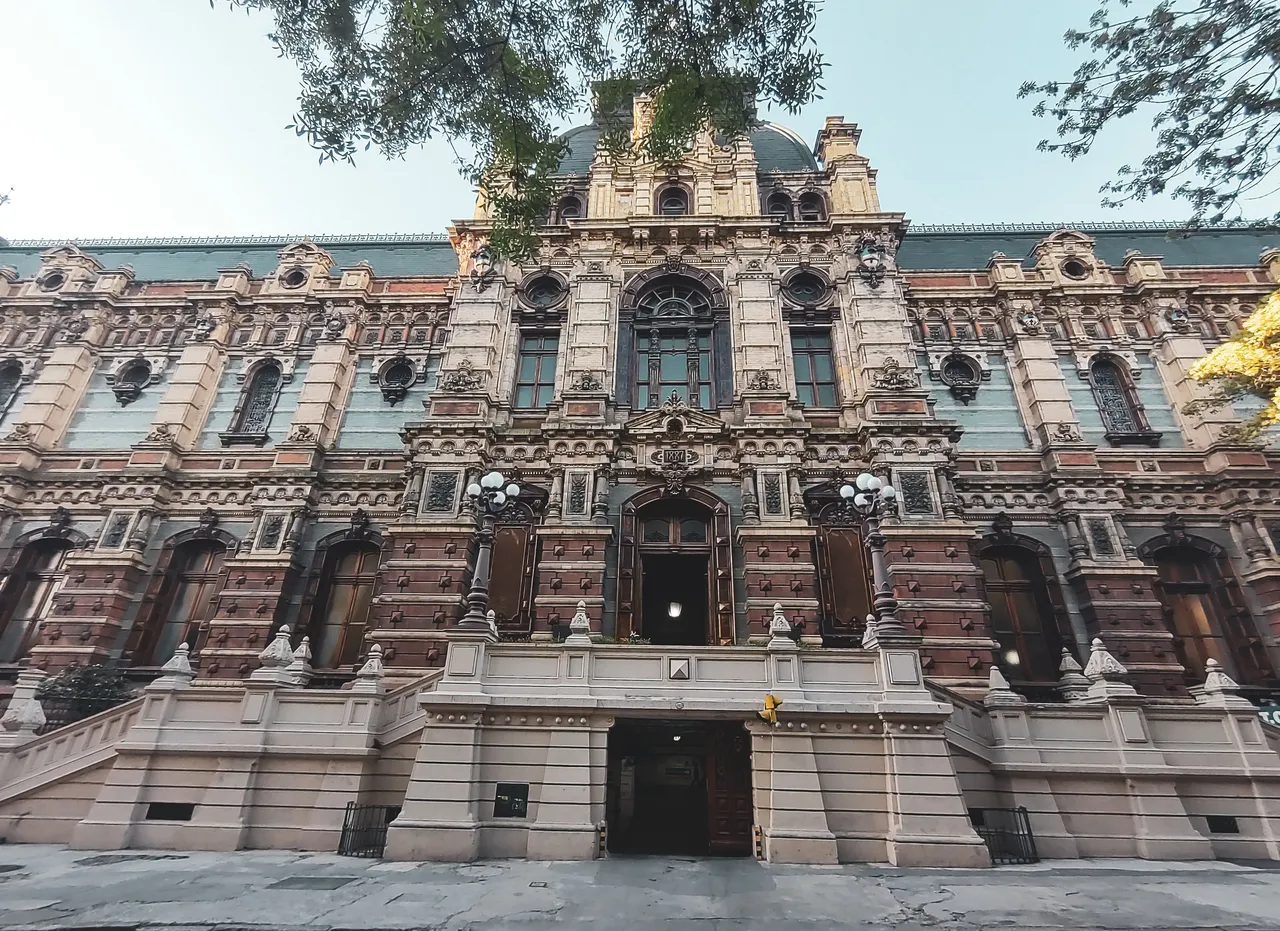
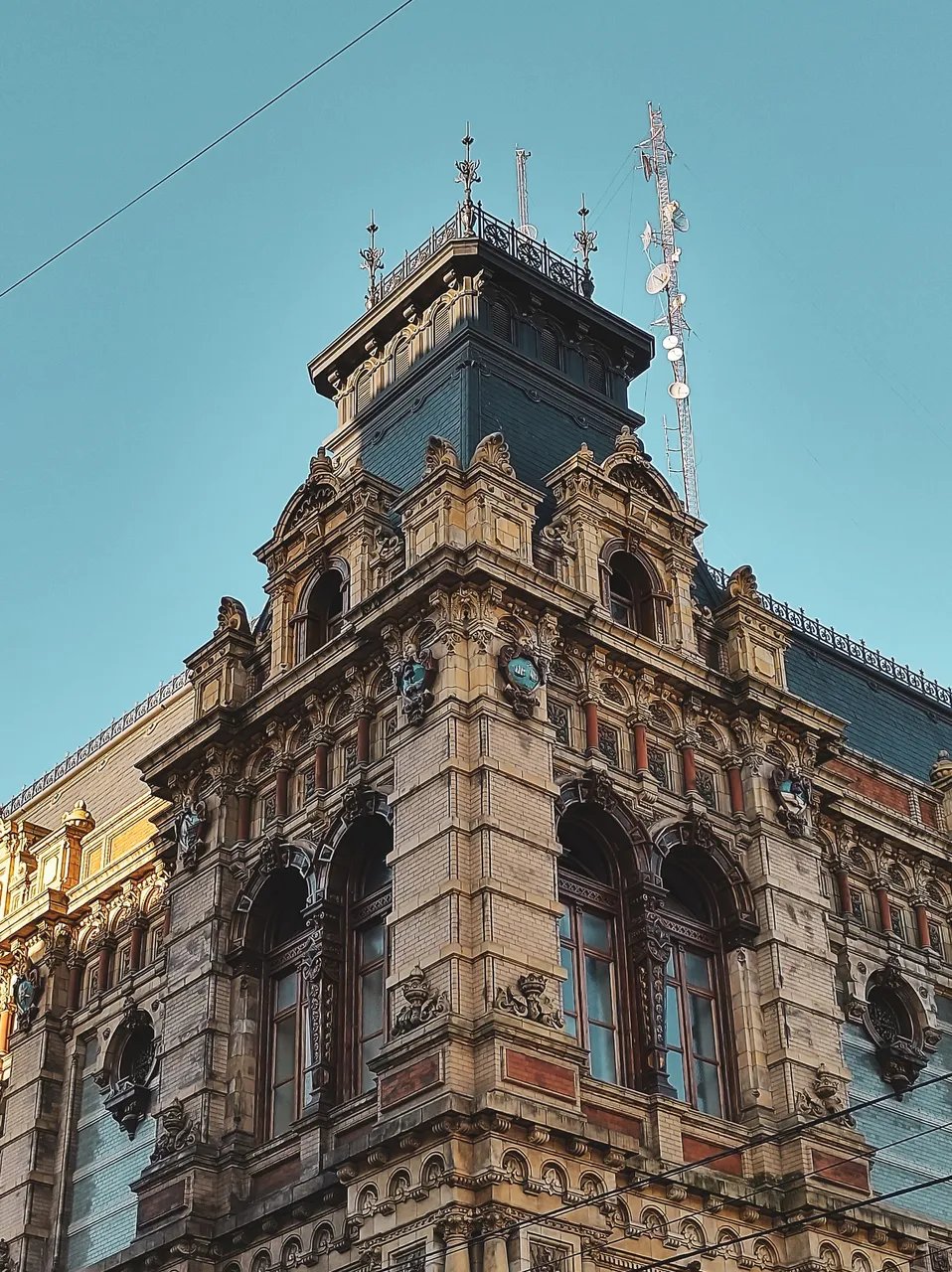
The architect in charge of this historic monument was the Norwegian architect Olaf Boye, and the Swedish Carlos Nyströmer was in charge of the supervision, working together with the prestigious national architects Adolfo Büttner, Carlos Altgelt, among others.
The building has 12 water tanks, which is equivalent to a weight of 135,000 tons, distributed among the three levels of the building. The present work contains 180 columns supported by walls up to 1.80 meters thick.
El arquitecto que estuvo a cargo de este monumento histórico fue el arquitecto noruego Olaf Boye, el encargado de la supervisión fue el sueco Carlos Nyströmer, quienes trabajaron juntos con los prestigiosos arquitectos nacionales Adolfo Büttner, Carlos Altgelt, entre otros.
El edificio cuenta con 12 tanques de agua, lo que significa que equivale a un peso de 135.000 toneladas, ésto distribuido entre los tres niveles que posee el edificio. La presente obra contiene 180 columnas sostenidas por paredes hechas con hasta 1.80 metros de espesor.
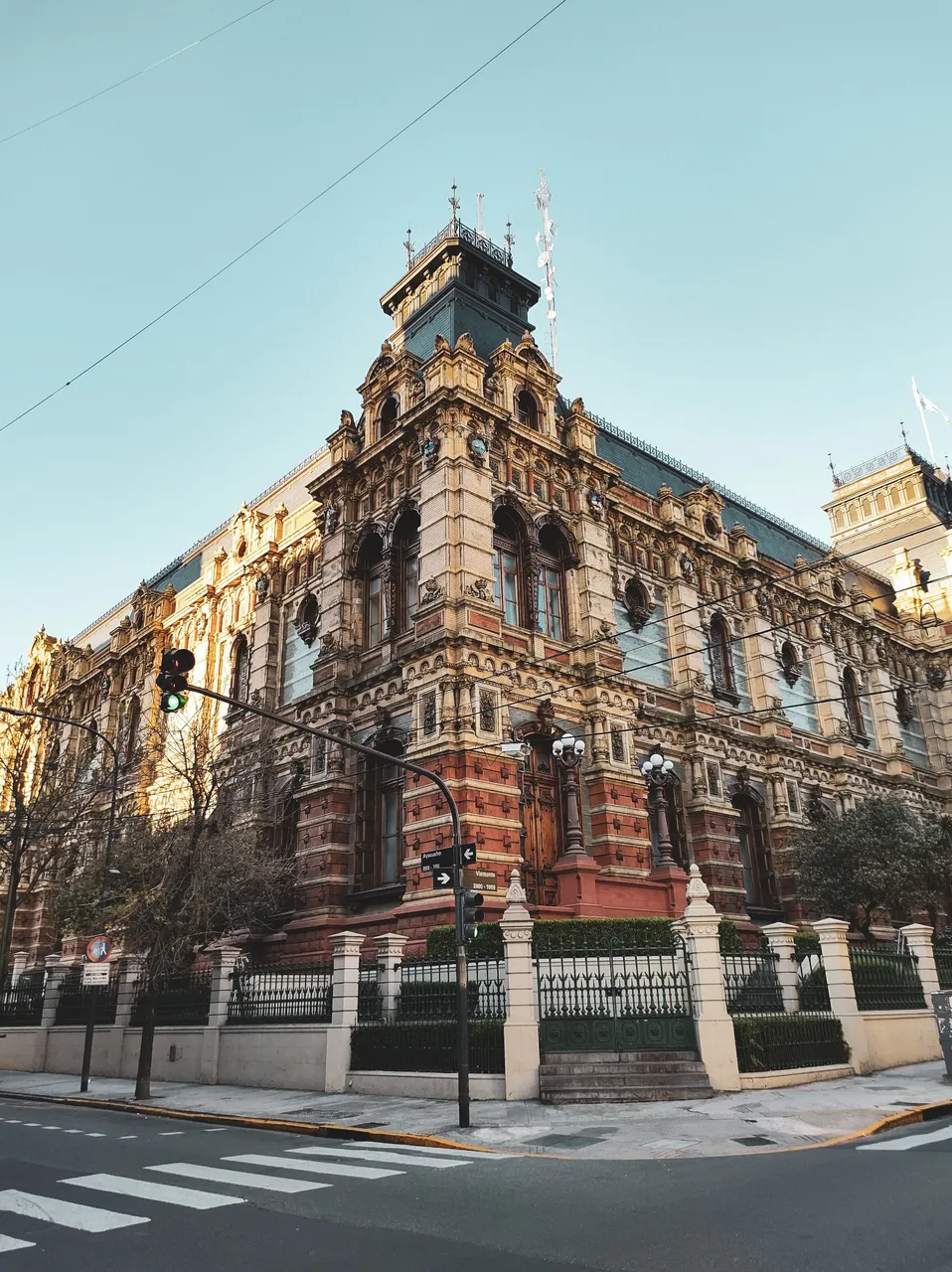
It is a truly amazing building framed in the architecture of the second French empire. It has 130 thousand glazed bricks and 300 thousand pieces of ceramics imported from Belgium and England.
In the Royal Doulton & Co factories in London, and Burmantofts Company in Leeds, terracotta pieces were manufactured to cover the facade and the pieces for the roof were brought from France.
Es un edificio realmente asombroso enmarcado en lo que es la arquitectura del segundo imperio francés. Cuenta con 130 mil ladrillos esmaltados y 300 mil piezas de cerámicas importadas desde Bélgica e Inglaterra.
En las fábricas Royal Doulton & Co de Londres, y Burmantofts Company, de Leeds fueron fabricadas piezas de terracota para cubrir la fachada y las piezas para el techo fueron traídos de Francia.
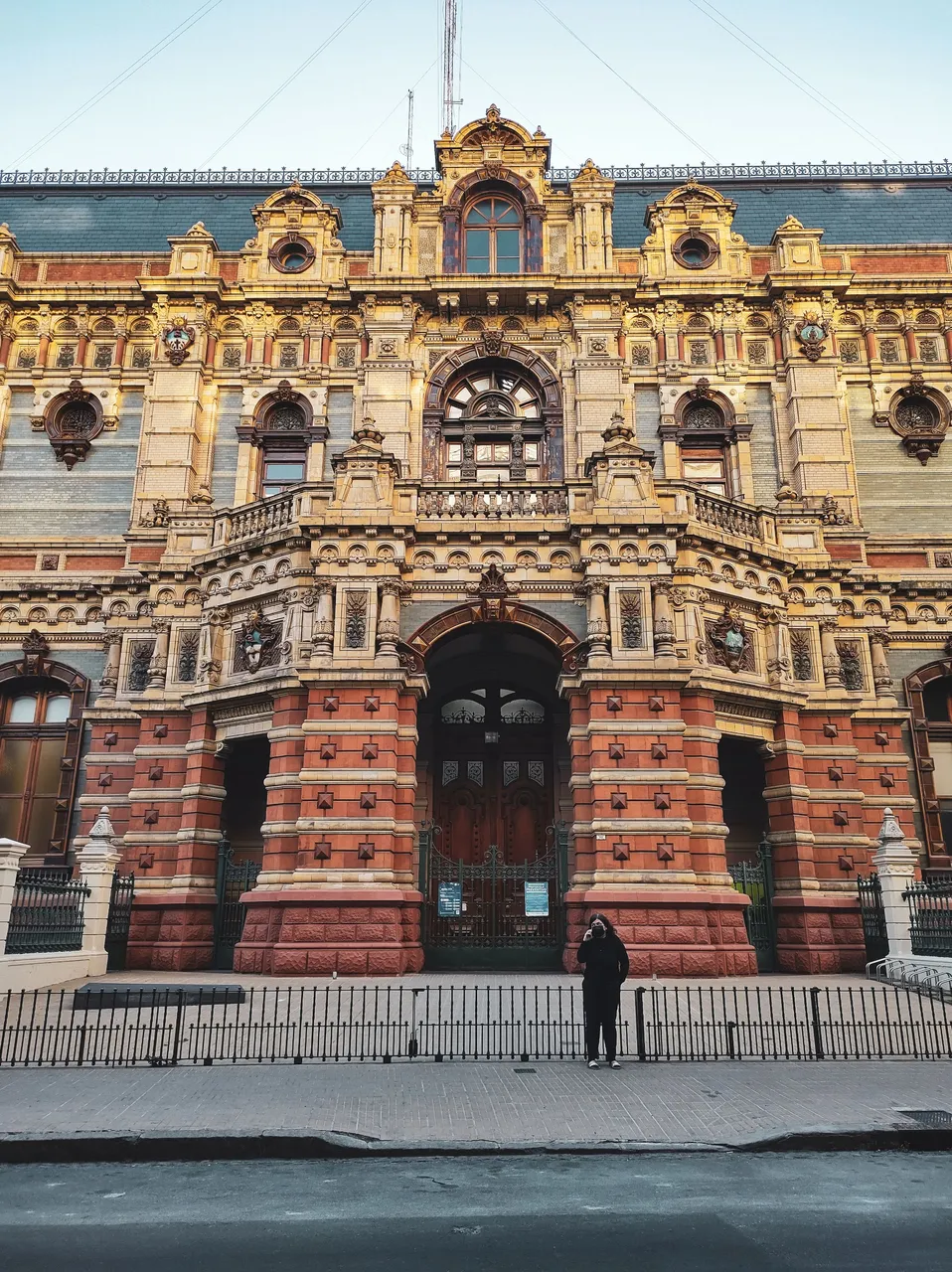
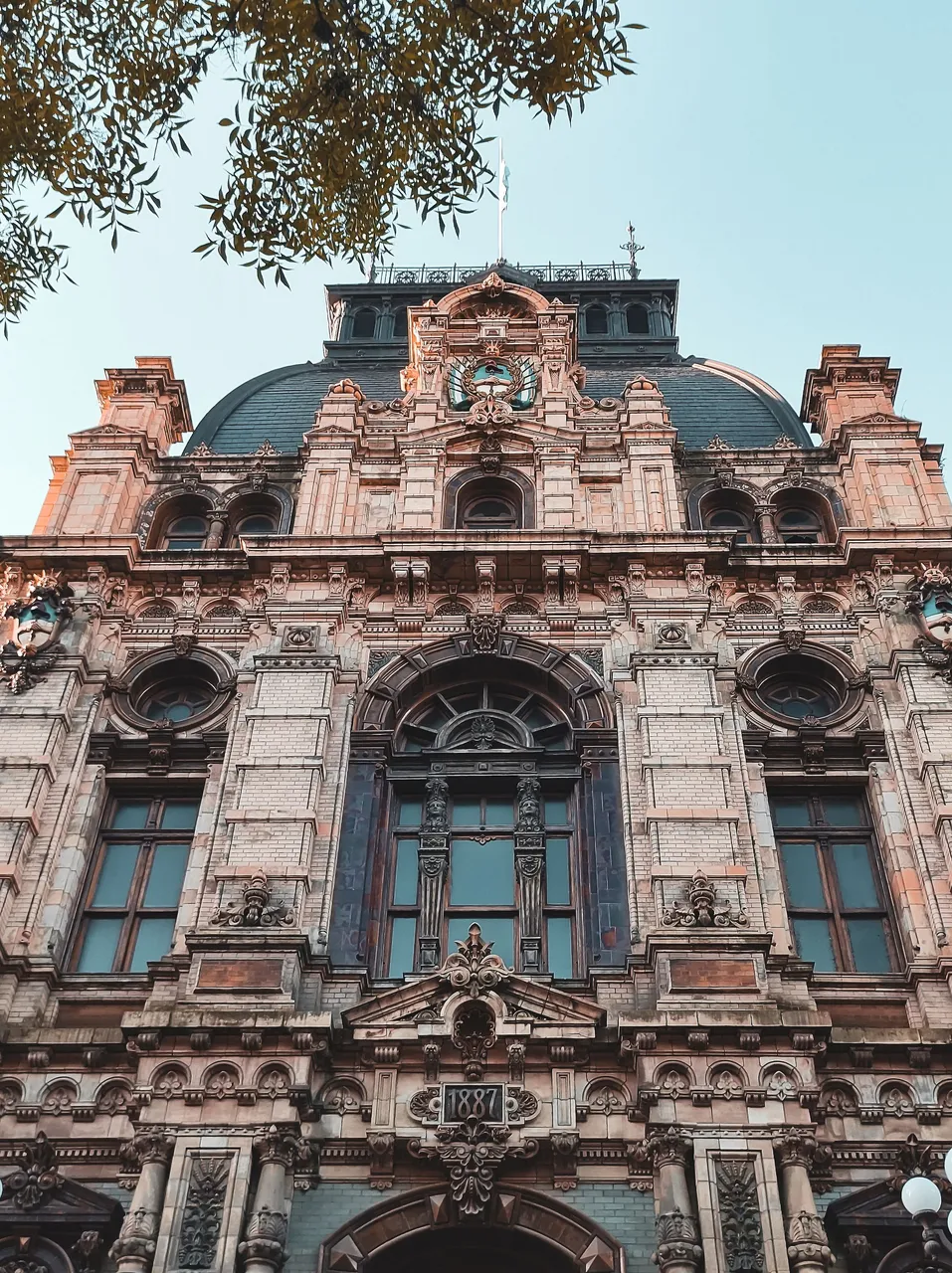
The fact that a water reservoir had such an architecture was the cause of much criticism as it was considered a waste of capital without necessity but by then it was usual for buildings that had some utility, had mostly this kind of palace aspects and were built under such a budget and luxuries.
El hecho de que un depósito de agua tuviera semejante arquitectura fue motivo de muchas críticas ya que se consideraba un derroche de capital sin necesidad pero para ese entonces era usual que los edificios que tuvieran alguna utilidad, tuvieran en su mayoría este tipo de aspectos de palacios y se construyeran bajo semejantes presupuesto y lujos.
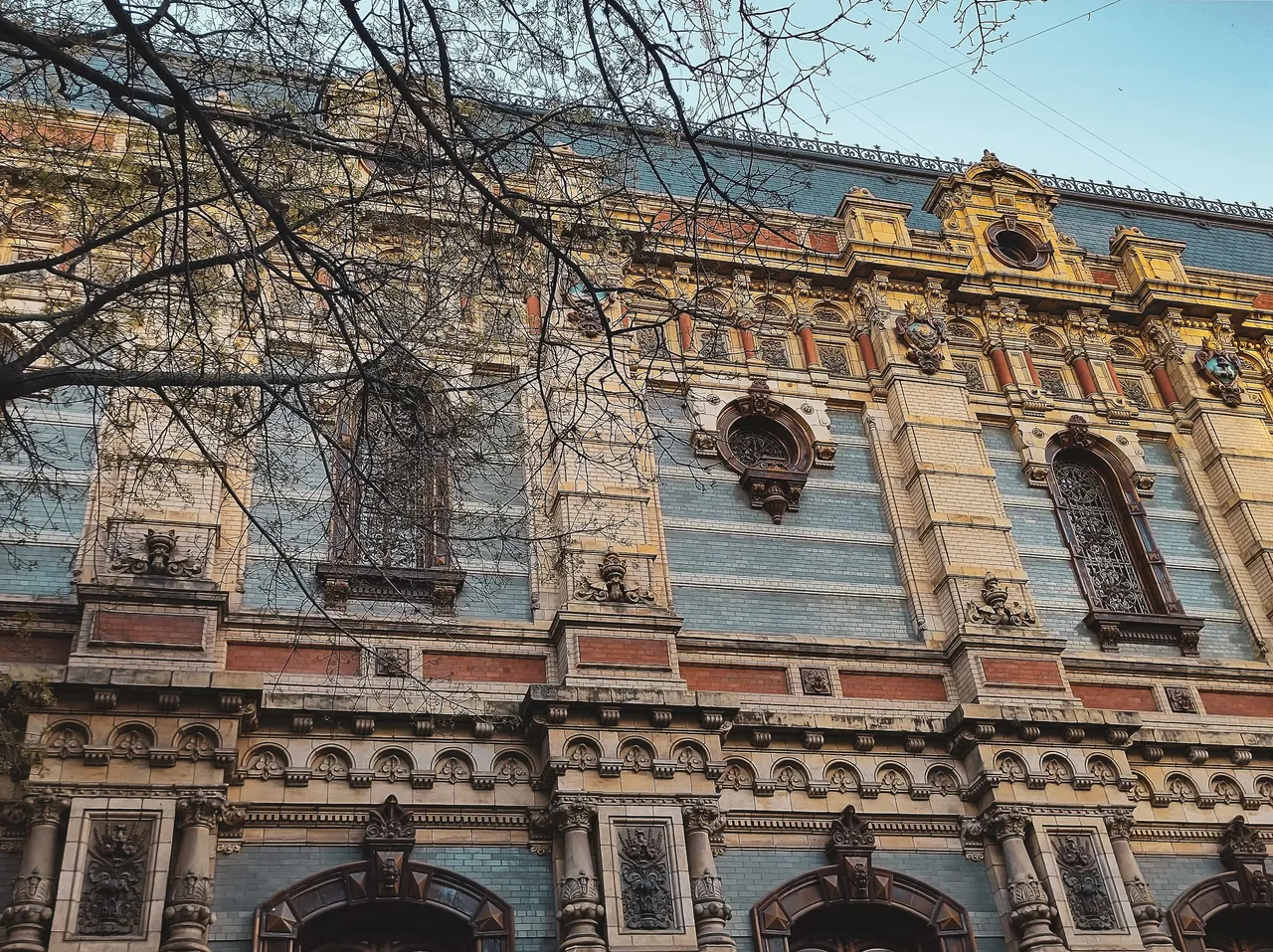
The building was partially demolished for the year 1974 under a reform, among its styles apart from being eclectic it has neo-gothic influences and crenellated walls. As for the original state of this architecture, only the facades of Cordoba-Cordoba Avenue and Riobamba and Ayacucho streets are still present.
The company AYSA (Aguas Argentinas y Aguas y Saneamientos Argentinos who is the current owner, took over the operations of the reservoir for the year 1930 and by the year 2015 more towards the present, began a recovery plan for this palace in order to restore its towers, facades and roofs as it looked in 1894.
El edificio fue parcialmente demolido para el año 1974 bajo una reforma, entre sus estilos aparte de ser ecléctico tiene influencias neogóticas y muros almenados. En cuánto al estado original de ésta arquitectura solo permanecen presentes las fachadas de la Avenida CórdobaCórdoba y de las calles Riobamba y Ayacucho.
La empresa AYSA (Aguas Argentinas y Aguas y Saneamientos Argentinos quien es la propietaria actualmente, se encargó de las operaciones del depósito para el año 1930 y ya para el año 2015 más hacia la actualidad, comenzó un plan de recuperación para éste palacio con el fin de restaurar sus torres, fachadas y techos como lucía en 1894.
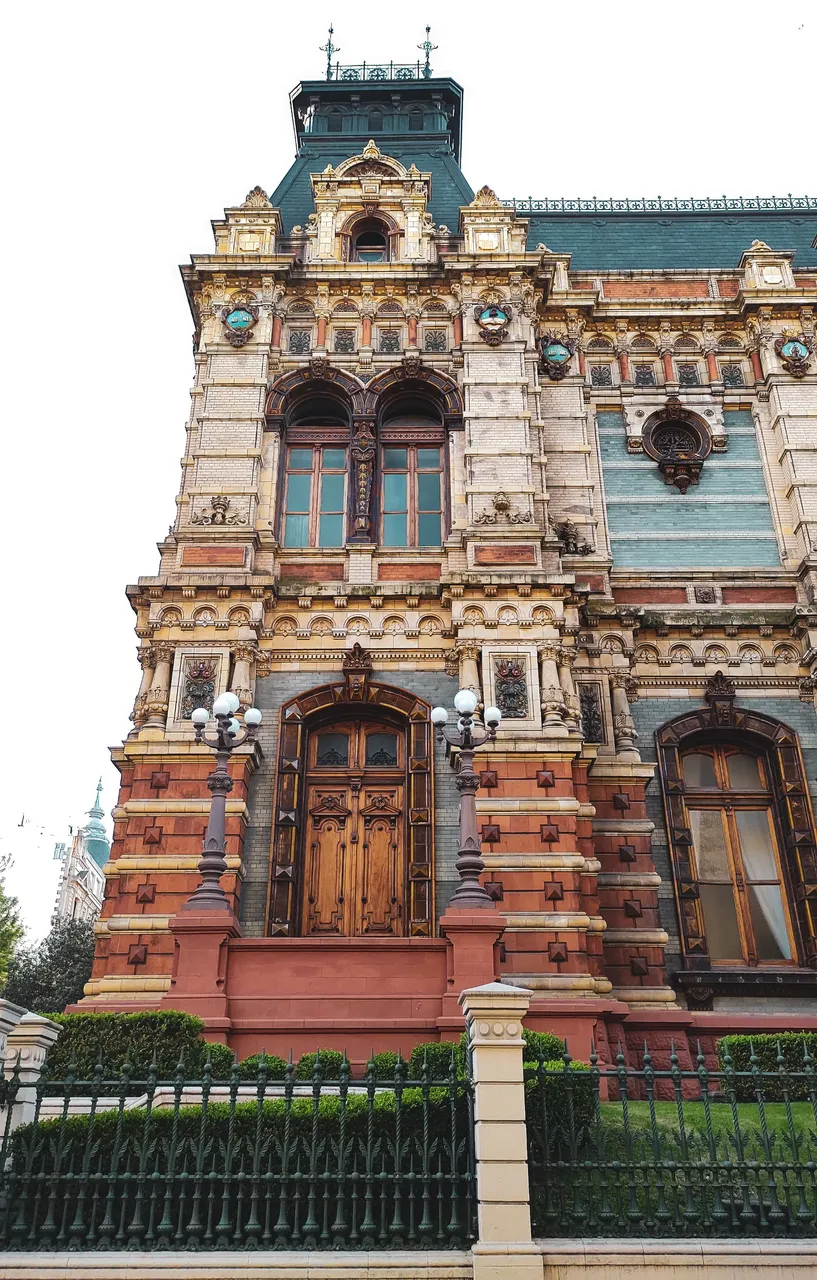

Access to these facilities is temporarily disabled, however, there is something curious inside this palace and is that in addition to containing water tanks, pipes, pipes and other... Inside there is a "secret" library and it is mentioned this way because not all people are aware that it exists.
This library has 15,000 books and magazines related to sanitary engineering and public health issues. Below I show you some images that I could find about it extracted from other sources since it was impossible for me to access it.
El acceso a estas instalaciones está temporalmente inhabilitada, sin embargo hay algo curioso dentro de este palacio y es que además de contener tanques de agua, tuberías, caños y demás... Allí dentro se encuentra una biblioteca "secreta" y se menciona así porque no todas las personas tienen conocimiento de que ésto existe.
Ésta biblioteca cuenta con 15.000 libros y revistas referentes a ingeniería sanitaria y temas de salud pública. A continuación les muestro algunas imágenes que pude encontrar sobre esto extraído de otras fuentes ya que se me hizo imposible poder acceder.
I can say in conclusion that this building or palace is one of my favorites in sight for its imposing appearance, its structure and architecture and all that its history entails.
It is one of the reasons why I like this country. Some people have mentioned since I arrived here that Argentina is the Europe of South America.
Puedo decir para finalizar que este edificio o palacio es uno de mis preferidos a la vista por su imponente apariencia, su estructura y su arquitectura y todo lo que su historia conlleva. Es una de las razones por las cuales me gusta este país. Algunas personas han mencionado desde que llegué acá que Argentina es la Europa de Suramérica.

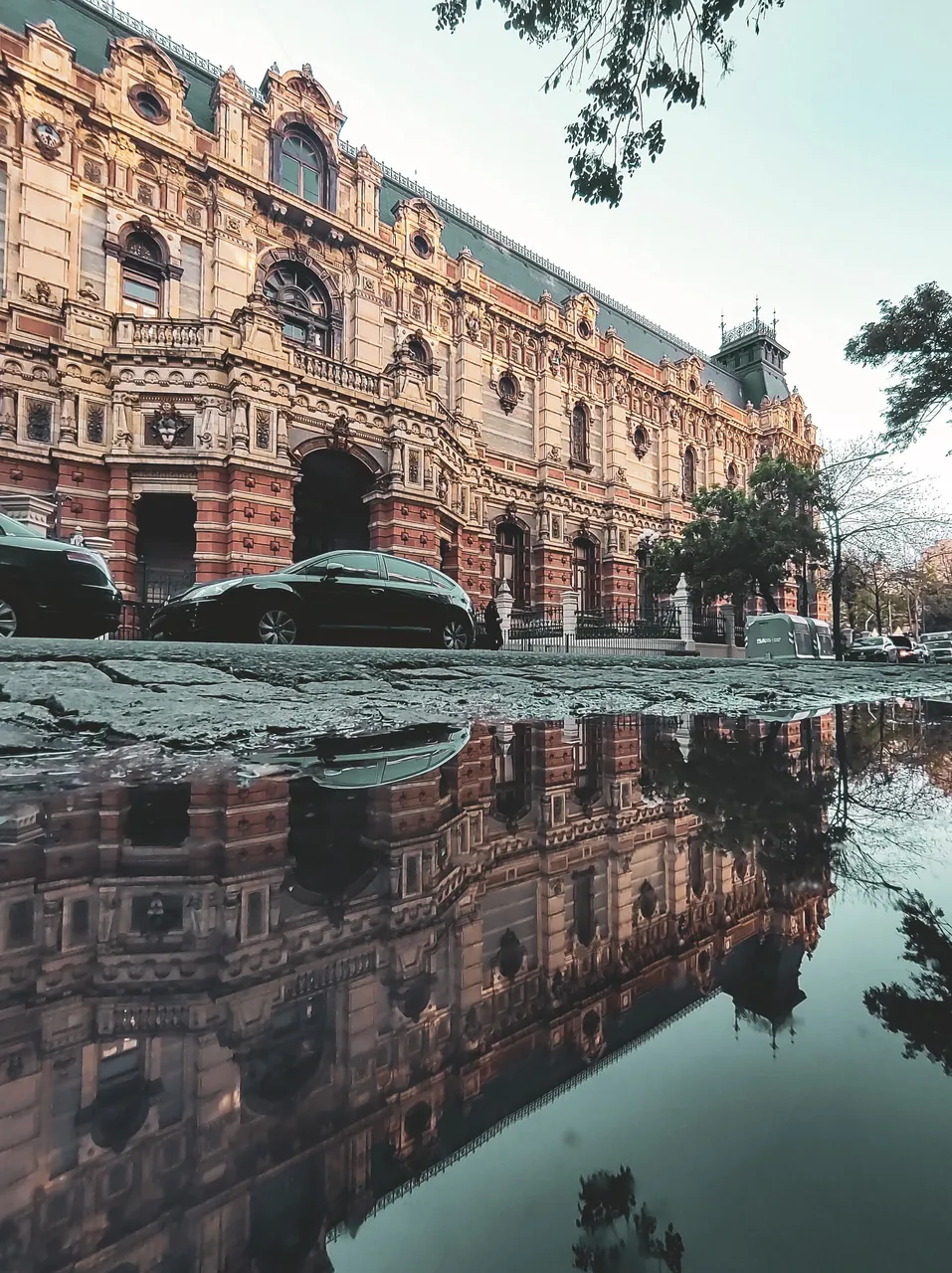
If you liked this post and want to share some ideas about it, leave me a comment😊.
Si te gusto éste post y quieres compartir alguna idea al respecto, déjame tu comentario😊.
Todas las fotos presentes en este post fueron tomadas por mi y son de mi autoría, excepto las fotografías señaladas o mencionadas con su respectiva fuente.
